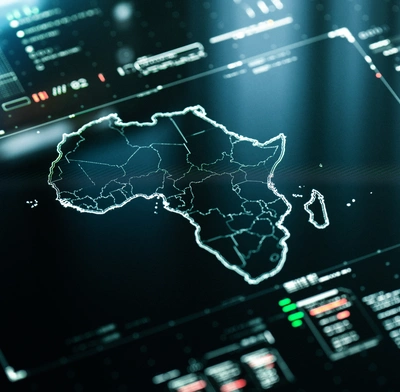The Global Settlement Network (GSN) and Uganda’s Diacente Group have announced what they describe as Africa’s largest onchain economy, anchored on $5.5 billion in tokenized infrastructure assets spanning food, minerals, renewable energy, and trade.

The Global Settlement Network (GSN) and Uganda’s Diacente Group have announced what they describe as Africa’s largest onchain economy, anchored on $5.5 billion in tokenized infrastructure assets spanning food, minerals, renewable energy, and trade.
The plan also includes Uganda’s first central bank digital currency (CBDC) project, to be issued against treasury bonds and designed for use over mobile-phone and USSD channels. If realized, it could expand access to more than 40 million people in a country where mobile penetration is high but financial inclusion is limited.
While the $5.5 billion headline number is eye-catching, it refers to the projected value of tokenized projects rather than new capital inflows. Much of it aligns with Uganda’s Karamoja Green Industrial & Special Economic Zone (GISEZ) development, suggesting that the blockchain layer may be part of existing national growth plans rather than represent a separate financing stream.
“This is how we close the gap between digital finance and real-world impact,” GSN co-founder Ryan Kirkley said in a joint statement. Edgar Agaba, Chairman of Diacente Group, added: “By integrating tokenization and CBDCs into Uganda’s development roadmap, we’re creating transparent, tech-driven ecosystems that attract new capital.”
Until now, the tokenization of real-world assets (RWAs) has focused on developed countries, such as JP Morgan’s Onyx network (now Kinexys), European tokenized bond issuances, or Hong Kong’s Project mBridge. A core feature of the Ugandan market is its widespread use of smartphones but shallow banking penetration, so that digital experiments potentially have a higher impact.
For DeFi protocols and investors tracking the RWA theme, the importance lies less in immediate market impact and more in Africa as a long-term testing ground. If tokenized assets and CBDCs gain traction there, they may demonstrate the usefulness of blockchain as a development-finance tool, rather than just a capital-markets experiment.
The test will be whether Uganda’s onchain economy can move from generating headlines to everyday use, and if blockchain can prove itself as a tool of inclusion.
As Nigeria’s eNaira has struggled for adoption, analysts including Ben Simpfendorfer of Oliver Wyman and Enrique Alberola and Ilaria Mattei of the BIS caution that the real-world adoption of tokenized infrastructure and CBDCs requires clear regulation, reliable technology, and local trust.